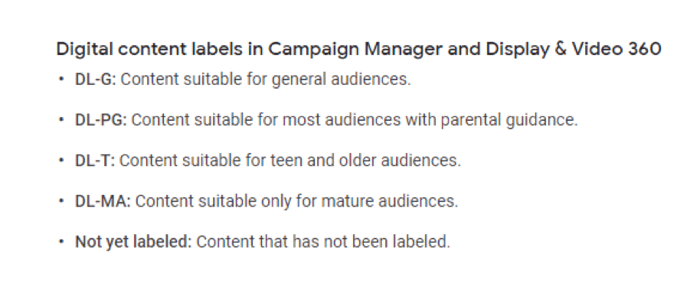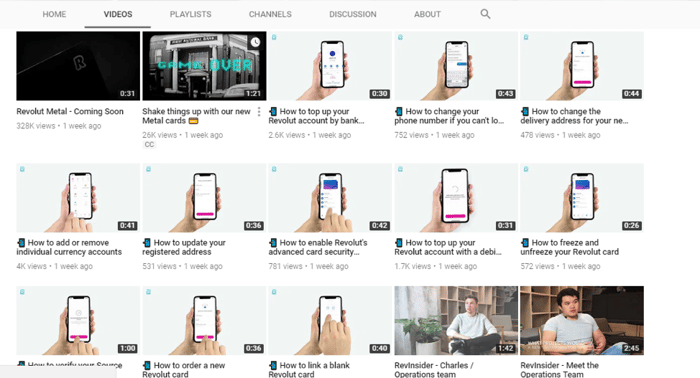We’re living in an exciting time. One in which artificial intelligence and automation can do a lot of the heavy lifting for us in the digital space. This gives advertisers and marketing execs more gas to throw behind their campaigns, plus an advantage over their less-savvy competitors.
But it’s not all sunshine and rainbows. Programmatic advertising does have its pitfalls.
Niall Hogan, Integral Ad Science's (IAS) Managing Director for Southeast Asia, put it perfectly in an interview with The Drum:
“There has been a crisis of confidence regarding digital marketing, and programmatic has borne the brunt of a lot of the bad PR. When buying programmatically on the open exchange, you are exposing yourself to hundreds of thousands of websites and billions of potential impressions to bid on buy. With all of that choice, comes more risk.”
The biggest thing at risk, more often than not, is brand consistency. Issues associated with ad tech can jeopardize the continuity and integrity of your brand—and even land you in hot water.
Let’s take a look at exactly where the risks lie and what you can do to avoid them.
|
Quick Links 2. Create and Enforce a Brand Safety Policy 3. Define Your Target Audience |
* * *
The Downsides of Ad Tech
As you can imagine, ad tech allows you to cast a wide net. This is great from a business perspective, but it can lead to a lack of consistency in the placement of one’s ads.
In an interview with eMarketer, Paul Josephsen, Adslot’s CMO, said about programmatic advertising:
“First and foremost, there are brand safety issues. Even when brands think they know where they’re running ads, they don’t totally ever know.”
And that’s just it. The automated nature of it all, as cool as it can be, means that you ultimately have less control over where your ads appear.
Furthermore, sometimes re-brokering occurs. This is when a publisher forwards the ad to an affiliate so that your ad appears there instead. If this happens, your ad might not even reach your intended audience.
There’s also the danger that your ads might appear alongside questionable content.
You’ve no doubt heard about this happening recently. A notorious case occurred in March of last year when several major advertisers were forced to pull their ads from YouTube. Pepsi, Walmart, AT&T, Verizon, GSK, Johnson & Johnson, and Enterprise all pulled out of the platform when the Times released an exposé on the placement of ads for reputable brands.
It turns out that YouTube was featuring major companies’ ads on videos that promoted hate speech and extremist views. Verizon’s ads, for instance, appeared alongside videos from an Egyptian cleric who was banned from the US due to extremism and a hate preacher who is said to have inspired the murder of a politician in Pakistan through his teachings.
It’s scary to think that your ads could appear alongside such videos. And it goes without saying that this kind of placement could be highly damaging to your brand.
You need to know exactly how you can avoid this kind of mess so you can reap the many benefits of programmatic video ads without suffering from a lack of consistency.
* * *
Create and Enforce a Brand Safety Policy
Over three-quarters of marketers believe that exposure to objectionable content could hurt the reputation of their brands.
Thankfully, establishing a brand safety policy could help you avoid such a situation. To produce a safe advertising campaign, you’ll need to take the following precautions.
1. Use Digital Content Labels
These classify the type of audience suitable for a piece of content in a similar way to movie ratings like PG, PG-13, etc. If your ad is only suitable for a mature audience, for instance, then you don’t want it appearing alongside kids’ videos.
Here is a breakdown of the classifications from Google:
2. Create a List of Negative Keywords
Establish the keywords you want to blacklist so that your ads don’t appear alongside content that relates to those keywords. This could be as simple as making sure that ads for your laser eye surgery clinic don’t appear alongside content about “wine glasses” as opposed to “eyeglasses,” for instance. Google allows a list of up to 5,000 negative keywords.
3. Outline Any Sensitive Categories
You’ll also want to create a list of sensitive categories, i.e. categories that you don’t want your ads to appear alongside. This could include topics such as sensitive social issues, violence, or hate speech. According to Google, “Sensitive categories under development are still being refined and are allowed by default.” Thus, you’ll need to pay close attention.
4. Blacklist and Whitelist Websites
Create a list of sites that may damage your reputation if one of your ads were to appear there. You may not want your videos to appear on fake or clickbaity news sources. You want them to appear on legitimate sites across the board.
Whitelists aren’t as important as blacklists, but you may want to use them for certain sites that you know are appropriate for your brand. Collecting information and putting lists together may be time-consuming, but it’s something you need to do if you want your ads to appear consistently on legitimate sites.
* * *
Define Your Target Audience
If you’re skilled enough at creating programmatic advertising campaigns, then you shouldn’t have a brand consistency problem. This is because you be using narrow targeting to make sure that your ad placement and the intended audience remain consistent.
Grace Kaye at Marketing Land says:
“Programmatic’s forte is actually very effective for branding—a focused targeting strategy is more budget-friendly for small and medium-sized businesses and is highly effective at reaching audiences with the potential for engagement and conversions down the line.”
So, programmatic is conducive to a narrow targeting strategy. But where do you even start if you want to create an effective, targeted campaign?
Firstly, you should establish your KPIs so that you know which metrics to track for your campaign in the first place. Remember that aspects such as click-through rate, viewability, and site visits are more important than reach.
Once you’ve set your KPIs, you can choose your target audience according to various categories, such as:
- Demographics: Common aspects to look for are age, gender, location, marital status, income, and education.
- Lookalike Audiences: Use the data you have to target audiences that are similar to your existing audience.
- Interests: Look out for interests related to your niche. For example, if you have a homewares company, you might want to target a group that’s interested in interior design.
Thankfully, DoubleClick allows you to create a hyper-targeted campaign. You can use keywords, URL targeting, and app targeting in combination. For example, you might target an app that your target audience uses frequently and also overlay it with keywords. This will make your focus even more specific.
To make sure that your campaigns are consistent and not appearing anywhere you wouldn’t want them to, you have to analyze your campaigns in real time. For this, you can use a campaign validation tool like comScore.
The most important thing to remember here is that if you get your targeting right, you can make ad tech work for you and not against you.
* * *
Focus on Quality Placements, Not Quantity
It’s tempting to extend your reach as far as possible. But as we said earlier, widening your reach can lead to inconsistency. Instead, you need to hone in on quality placements rather than having your ads appear on a bunch of different sites or videos for the heck of it.
Daisuke Wakabayashi and Sapna Maheshwari at the New York Times explained:
“More than 400 hours of content are uploaded to YouTube every minute, and while Google has noted that it prevents ads from running near inappropriate material ‘in the vast majority of cases,’ it has proved unable to totally police that amount of content in real time. And that has advertisers increasingly concerned.”
YouTube has so much content that you can’t be sure that they’re placing your ads on quality content. Nor can you be sure that YouTube is placing them on inoffensive content. The artificial intelligence used in automation can only go so far. You need a human element, too.
Thus, you might want to set your filters to only include premium content or sites that you have verified/whitelisted. Only a human can analyze what is most appropriate for your brand. And if you use trusted publishers, you have a much better idea of where your ads will appear.
You can make use of your KPIs here, too. If you track the right metrics such as viewability and site visits, then you know whether you have quality placements or not.
Here’s what Sameer Modha, head of data at DigitasLBi, had to say on the matter:
“Clients generally do impressions and clicks, and some direct online sales, and forget about audience and brand, which means there is no quality signal in the marketplace for data beyond last-click and that just locks in a dire race to the bottom of the funnel where we chase efficiency but lose any broader business impact.”
If you want consistent, high-quality placements, then data is your best friend. It will help inform the placement of ads in the first instance and help you analyze the quality thereafter.
* * *
Keep Your Content Consistent
There’s a show on Netflix at the moment called Amazing Interiors. One of the houses on the show has a 19th-century Victorian-style lounge, a kitchen inspired by New Orleans, and a bedroom with medieval decor. When you step into each room, it’s as though you’re in a different house (or era) entirely.
That’s the kind of feeling consumers get when branded content isn’t consistent. It’s as though you’re looking at a different brand every time. But the truth is, 90% of consumers expect a consistent experience from brands across all channels.
You need to not only make sure that your placements remain consistent, but also that the content itself remains consistent.
There are a number of elements that must be homogenous in order to achieve this, such as:
- Logo
- Color
- Music
- Tone
- Use of graphics
- Use of animation
- Use of branded links
Take a look at the YouTube uploads from the digital banking company Revolut:
From this example, you can see immediately that all of their tutorial videos have a consistent look. Furthermore, there are a couple of staff interviews at the end. They clearly filmed them in the same location, and the people featured have similar, relaxed poses. It’s totally consistent.
All in all, you need to keep a uniform sense of design and personality in your videos. You may even consider using the same cast in your videos or voice-overs. This way, viewers continue to see people that they are familiar with.
That’s not to say that your video output should look the same all the time. Different platforms require a different approach. For instance, your videos should have a more professional feel on YouTube. On Instagram, they can be a bit more fun and spontaneous. You just need to keep your videos consistent enough that your brand is recognizable.
Content that’s true to your brand is the key to building awareness. In the ad tech age where so many elements can deviate, you can at least keep the look and feel of your content the same.
* * *
Conclusion
Ad tech is mostly a blessing, but it’s sometimes a curse—especially if you’re one of the brands whose ads have appeared alongside some shady content. Major brands have even decided to move away from advertising on YouTube because of this.
Nevertheless, it is possible to make sure that your branding stays consistent as you leverage programmatic campaigns.
The first step is creating a brand safety policy to prevent your ads from appearing anywhere near objectionable content. Then, you have to narrow down and define your target audience to make sure that your ads appear in places where the people that you’re trying to reach are hanging out. And when it comes to placements, use your filters to aim for quality above quantity.
One thing you do have a lot of control over is the consistency of the content itself, video or otherwise. You can’t forget to keep it consistent in this age of multiple channels, multiple devices, and short attention spans.
Where can you make a start? Put together your brand safety policy as soon as possible, then strive to apply human logic to the otherwise bountiful benefits of today’s ad tech.
.png?width=250&height=153&name=CSI-OverskiesRebrand_LOGO-01(smaller).png)

.png?width=100&height=61&name=CSI-OverskiesRebrand_LOGO-01(smaller).png)




.png?width=88&name=CSI-OverskiesRebrand_LOGO-01(smaller).png)



